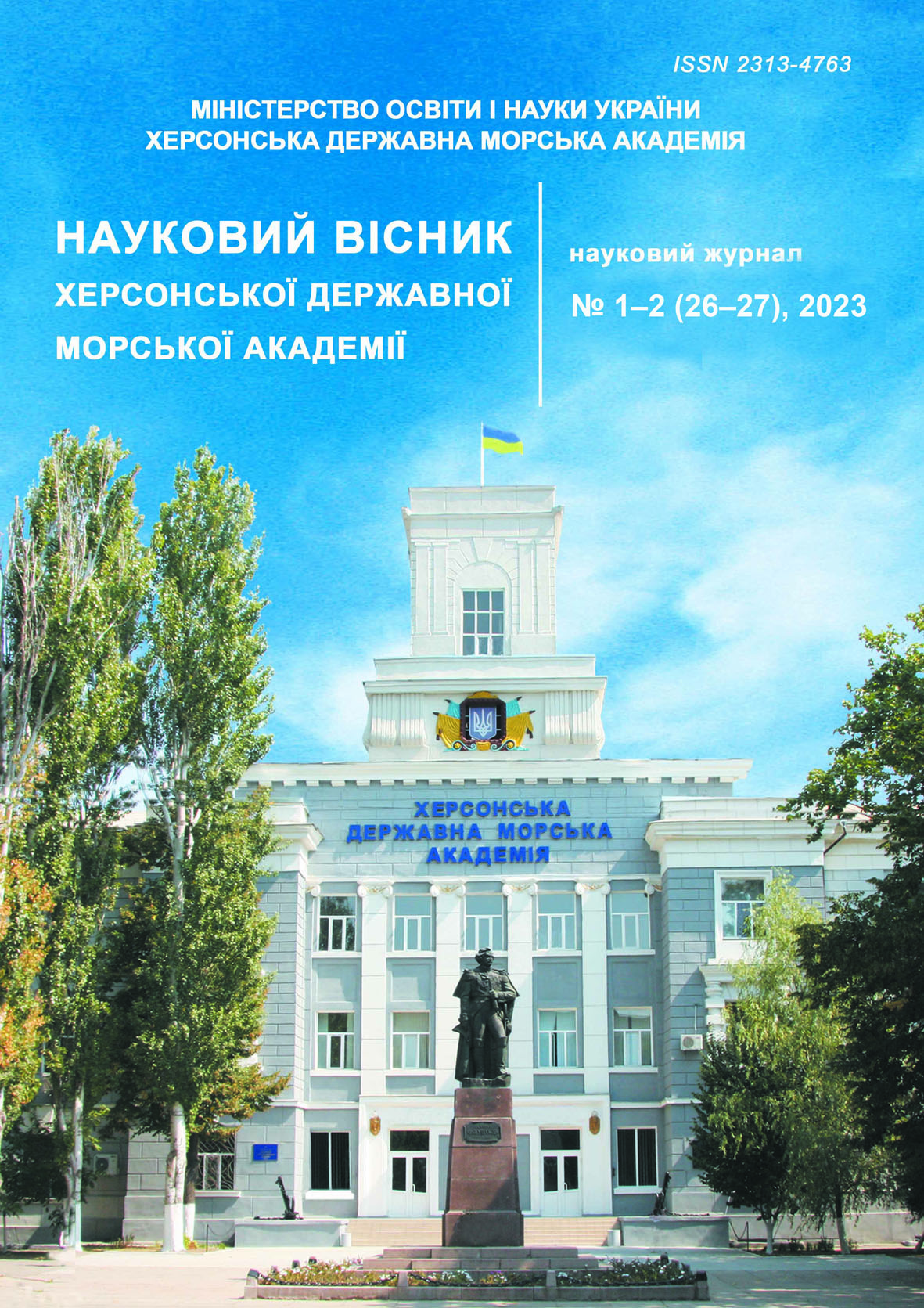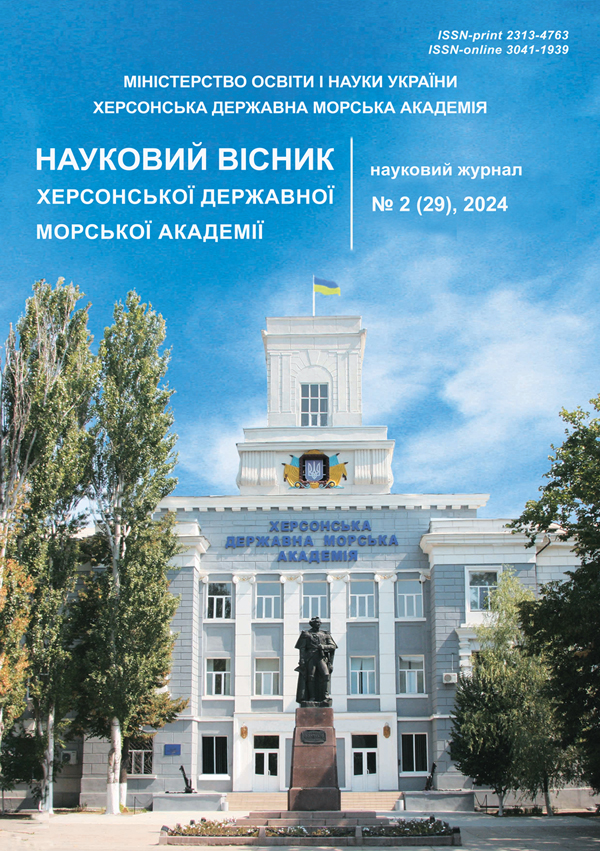RESEARCH ON THE POSSIBILITY OF IMPROVING THE HIGH-STRENGTH CAST IRON MECHANICAL PROPERTIES TAKING INTO ACCOUNT THE RECOMMENDATIONS OF THE DSTU EN 1563:2019 STANDARD
https://doi.org/10.33815/2313-4763.2024.2.29.084-097
Abstract
The technological issues of the strength and relative elongation of high-strength cast irons (HSCI) are considered in the paper. The main method chosen is to increase the silicon content to obtain a ferrite matrix strengthened by the solid-solution mechanism. To ensure low production costs, special attention was paid to determining the permissible content of trace and harmful impurities in order to use cheap commercial scrap. The issue of the stability of the mechanical characteristics of cast iron during fluctuations in the technological parameters of its production is also considered. It is shown that main sources of variability in characteristics are the instability of the results of metal processing in the ladle when using the “sandwich” process, as well as fluctuations in the content of trace and harmful impurities due to the instability of the quality of metal scrap. It was found that in the studied range of chemical composition, an increase in the content of magnesium and silicon contributes to a simultaneous increase in the strength and ductility of cast iron, while an increase in the content of manganese increases the strength but reduces the ductility. It is shown that to obtain a relative elongation A5 ≥ 14%, the content should be: S < 0.006, P < 0.02, Cr < 0.04. The Sn < 0.008% does not create a negative impact on the mechanical properties of HSCI. It was also found that with an increase in the content of silicon and magnesium in cast irons with a high carbon equivalent at a high pouring temperature, a tendency to form torn and star-shaped graphite appears, which leads to a decrease in the mechanical characteristics of cast iron. It is recommended to introduce additional metallographic control for the presence of particles of this morphology in the structure.
References
2. DSTU EN 1563:2019 (2019) Lytvo. Chavun z kulyastym graphytom (EN 1563:2018, IDT). Rozrobnyk DP “Ukraynskyi naukovo-doslydnyi s navchalnyi tcentr problrm standaryzatcyi, srertyfykatsyi ta yakosty (DP «UkrNDTS»). 47 p.
3. Bublykov, V. B., Naryvskyi, A. V., Bachynskyi, Y. D. (2021). Technologya otrymannya tonkostynnykh vylyvkyv x vysokomytsnogo chavuny v oblytsovanykh kokylyakh z vykorystannyam vnutryshnyoformovogo madyfykyvannya rozplavu. Metal ta lyttya Ukrainy. vol. 29, #1, p. 46–53. https://doi.org/10.15407/scin15.04.005.
4. Bublykov, V. B., Bachynskyi, Y. D., Nesteruk, O. P. (2024). Oderzhannya vysokomytsnykh chavunyv perlitnogo klasu z pydvyschenymy technologychnymy ta mechanichnymy vlastyvostyamy. Protsesy Lyttya #1 (155). p. 4–13. https://doi.org/10. 15407/plit2024.01.003.
5. Bublykov, V. B., Naryvskyi, A. V., Bachynskyi, Y. D., Yasynskyi, O. O. (2020). Legovanyi kremnyem vysokomytsnyi chavun ta yogo zastosuvannya. Protsesy Lyttya. #1 (139). p. 20–29.
6. Bublykov, V. B., Naryvskyi, A. V., Bachynskyi, Y. D., Nesteruk, O. P. (2022). Rozvytok technology oderzhannya vysokoplastychnykh vysokomytsnykh chavunyv ferytnogo klacu. Metal ta lyttya Ukrainy vol. 30, #3, p. 72–78. https://doi.org/10.15407/steelcast2022.03.072.
7. Lutz Horbach, Jiali Zhang, Tobias Sedlatschek, Felix Weber and oth. (2024). The effect of silicon on critical resolved shear stress of solid solution strengthened ferritic ductile iron. Materials&Design. 244 113130. https://doi.org/10.1016/j.matdes.2024.113130.
8. Urko de la Torre Rodolfo González-Martínez Jacques Lacaze Jon Sertucha (2018). Effects of high silicon contents on graphite morphology and room temperature mechanical properties of as-cast ferritic ductile cast irons. Part I – Microstructure Materials Science and Engineering: A Volume 712, 17 January 2018, Pages 794–802 https://doi.org/10.1016/ j.msea.2017.11.050.
9. Rodolfo González-Martínez, Urko de la Torre, André Jacques Lacaze, Ebel Jon Sertucha. (2018). Effects of high silicon contents on graphite morphology and room temperature mechanical properties of as-cast ferritic ductile cast irons. Part II – Mechanical properties. Materials Science and Engineering: A Volume 712, 17 January, Pages 803–811 https://doi.org/10.1016/j.msea.2017.11.051.
10. Pashynskyi, V. V., Pashynskaya, О. G., Boyko, I. O. (2023). Structure aspects of mechanical properties of ductile iron formation/ International scientific conference “MININGMETALTECH 2023 – The mining and metals sector: integration of business, technology and education” : conference proceedings (November 29–30, 2023. Riga, the Republic of Latvia). Riga, Latvia : “Baltija Publishing”, 2023. Vol. 1.p. 106–109. https://doi.org/10.30525/978-9934-26-361-3-32.
11. Daniel Franzen, Bjo¨rn Pustal and Andreas Bu¨hrig-Polaczek (2023). Influence of graphite-phase parameters on the mechanical properties of high-silicon ductile iron. International Journal of Metalcasting. Volume 17, Issue 1, 2023. Pages 4–21 https://doi.org/10.1007/s40962-022-00761-5.
12. Stan, S. C., Chisamera, M., Riposan, I., Neacsu, E. L. and Cojocaru A. M. (2018). Structure Characteristics of Silicon Alloyed Ductile Cast Iron. 7th International Conference on Advanced Materials and Structures – AMS 2018 IOP Publishing IOP Conf. Series: Materials Science and Engineering 416 012077 https://doi.org/10.1088/1757-899X/416/1/012077.
13. Riposan, I., Stan, S. (2022). Graphite Compactness Degree and Nodularity of High-Si Ductile Iron Produced via Permanent Mold versus Sand Mold Casting. Materials 2022, 15, 2712. https://doi.org/10.3390/ma15082712.
14. Riposan, I., Anca, D., Stan, I., Chisamera, M., Stan, S. (2022). Graphite Nodularity Evaluation in High-Si Ductile Cast Irons. Materials 2022, 15, 7685. https://doi.org/10.3390/ma15217685.
15. Alhussein, A., Risbet, M., Bastien, A., Chobaut, J. P. and oth. (2014). Influence of silicon and addition elements on the mechanical behavior of ferritic ductile cast iron Materials Science and Engineering: A Volume 605, 27 May 2014, Pages 222–228 https://doi.org/10.1016/j.msea.2014.03.057.
16. Márcio Medeiros de Magalhães, Guilherme Vieira Braga Lemos, André Froehlich, Henrique Piaggio and oth. (2024). Microstructure and mechanical properties of SiMo ductile cast irons alloys with varied Mo and Nb contents. Journal of Materials Research and Technology Volume 30, May–June 2024, Pages 6301–6308. https://doi.org/10.1016/j.jmrt.2024.05.029.






